Angola is a country that experienced a very long civil war due to the country’s independence process in 1975, and that did not end until 2002. This war was the result of the presence of 3 parties that they wanted to head the government after ceasing to be part of Portugal. In fact, Angola was the last Portuguese colony to become independent. Then, as we believe that to know a country it is also important to know its history, we will summarize in a very brief way the history of Angola.
Angola was a Portuguese colony for many years. The Portuguese were among the first to explore the entire African coast, wanting to unite Europe with Indian trade. One of his best-known explorers was Bartolome Dias, who in the 15th century managed to circumnavigate much of the African continent.
In fact, the Portuguese were one of the most important settlers in Africa, although over time they lost their hegemony to the Arabs, the English and the French. They controlled, for example, the city of Mombasa and also much of the African islands in the Atlantic Ocean such as present-day Sao Tome and Principe, Cape Verde and the Azores. In addition, present-day Angola and Mozambique were also part of Portugal and were known as Portuguese West Africa and Portuguese East Africa, respectively.
Currently in Angola, the influence of the Portuguese colony is very present. Not only in the fact that Portuguese is the official language, but also in the architecture of some of its cities such as Benguela (if you want to know more about the coast of Angola you can click here), the traffic of slaves from the interior of the country or by sending thousands of workers to work in fishing, one of the sectors that is still one of the most important in the country today.
Before the Portuguese colonization, in Angola there were different organized peoples with kingdoms. The best known were the Kingdom of the Congo, whose capital was Mbanza Kongo, located in the north of the country; the kingdom of Ndongo-Ngola, located in the center of the country and ruled by the Mbundu people; the kingdom of Benguela, located in the area of the Bié plateau; and the different tribal groups that lived in the south of the country (if you want to know more, you can click here); among others. When the Portuguese arrived, they had mainly two objectives: to establish trade relations with all those kingdoms by the slave trade; and try to evangelize the entire indigenous population by converting it to Catholicism and creating different missions throughout the territory. Angola is considered one of the first colonized countries (in 1575) and from Luanda, the Portuguese began to establish a protectorate that increasingly occupied more territory of the coastal strip.
During this time, one of the best-known episodes was that starring Queen Nzinga of Ndongo, one of the most famous and important women on the African continent for the struggle she managed against the Portuguese colonizers. The Mbundu people resisted the attacks of Portugal and gained some sovereignty thanks to the agreements signed by the queen in the early seventeenth century who finally agreed to be baptized into Christianity and her name became Ana de Souza. If you want to know more about the history of the Mbundu people in Pungo Andongo, you can read it in this article we did about the Malanje region.
Until the twentieth century, Angola was part of the Portuguese colony where they made treaties with the various kingdoms in order to institutionalize slavery: they sent slaves mainly to Brazil, and so it became the main business of Portugal in Angola until about the independence process. Some data show that approximately 4 million slaves were exported from this African country.
When the Belgian Congo gained its independence in 1960, expansion and the desire for new sovereignty also reached in north of Angola, where the Portuguese Congo province was located. There, various massacres against settlers (and also against that black population that was loyal to whites) arose and the president of the colony, Marcelo Caetano, raised in 1968 the option of giving independence to the country, leaving the government’s decisions to the settlers. Since then, 3 different independence movements have emerged that explain much of the country’s civil war. These parties were the MPLA (People’s Movement for the Liberation of Angola), the UNITA (National Union for the Total Independence of Angola) and the FNLA (National Front for the Liberation of Angola).
The MPLA was created by Agostinho Neto and was located in the Luanda area. They received support from the entire communist bloc, namely Cuba and the USSR. UNITA was founded in the center of the country by Jonas Savimbi, a person known as the Eternal Rebel and a friend of the American (he even went to Casablanca to meet with Ronald Reagan). And finally, the FNLA was founded by Holden Roberto, a party of the Bakongo (northern) ethnic group who also had the support of the Americans and the regime of Mobutu Sese Seko of Zaire. They joined UNITA to fight the power of the MPLA.
Angola’s independence was signed in 1975 between the Portuguese Autonomous Government and these 3 parties. The goal had been achieved, but now the problem was to know who would govern the country and here all the tensions began. The MPLA expelled the FNLA from Luanda and advanced to seize power (the Portuguese said they would give power to whoever managed to dominate the city), while UNITA remained aloof from the capital’s clashes. But in September 1975, the MPLA, with various fighting across the country, already controlled 12 of Angola’s 15 provinces.
UNITA and FNLA then joined forces to counter Neto’s party. The former did so from the south with the entry of troops from South Africa, and the latter from the north. They managed to push back the MPLA, and the Portuguese, seeing how the country was doing, decided to leave the country and Neto declared independence from Angola on 11th November 1975, proclaiming himself president of the country, at a time when chaos and a civil war reigned in Angola. The MPLA was losing provinces until the first Cuban soldiers arrived in late 1975, as well as Soviet weapons to act against the other two pro-independence groups. The war continued mainly between MPLA and UNITA, but this battle also went further, and from abroad it was seen as a war between the two Cold War blocs: the Communists and the Capitalists.
Angola became a one-party communist government from 1975 to 1992. First, with the presidency of Agostinho Neto, and after his death in 1979, with the presidency of José Eduardo dos Santos. Throughout this wartime, MPLA had a very clever strategy. They supported the separatists in Katanga who wanted the independence of Zaire and thus got Zaire to stop supporting UNITA (and they, in turn, also the separatists). And they did the same also with SWAPO, a pro-independence movement in Namibia, which forced a pact with South Africa to stop supporting UNITA.
In 1991, after 16 years of civil war, the MPLA and UNITA reached a peace agreement. Angola would cease to be a one-party government, and become a multi-party state. In the first elections, MPLA won but UNITA did not accept the results, declared them fraud and therefore the conflict continued.
In 1994, a peace agreement was reached between the two parties (known as the Lusaka Protocol) in which the integration of former UNITA insurgents into the government was accepted. Nevertheless, disagreements continued over the years until 2002, when Savimbi, the political leader of UNITA, was shot. Since then, UNITA has decided to abandon the armed struggle and establish itself as the main opposition party.
These almost 30 years of civil war have left disastrous consequences for the country. In 2002, they left a country in poverty, with severe food crises; as well as a large presence of minefields due to the impact of the civil war. Today, power is still in the hands of the MPLA with President João Lourenço. From the riches of oil, fishing, diamonds or wood, Angola is one of the African countries with the highest expectations for the future. However, there are still many economic inequalities within the country that, if not tried to alleviate soon, could send the country into a serious social crisis.

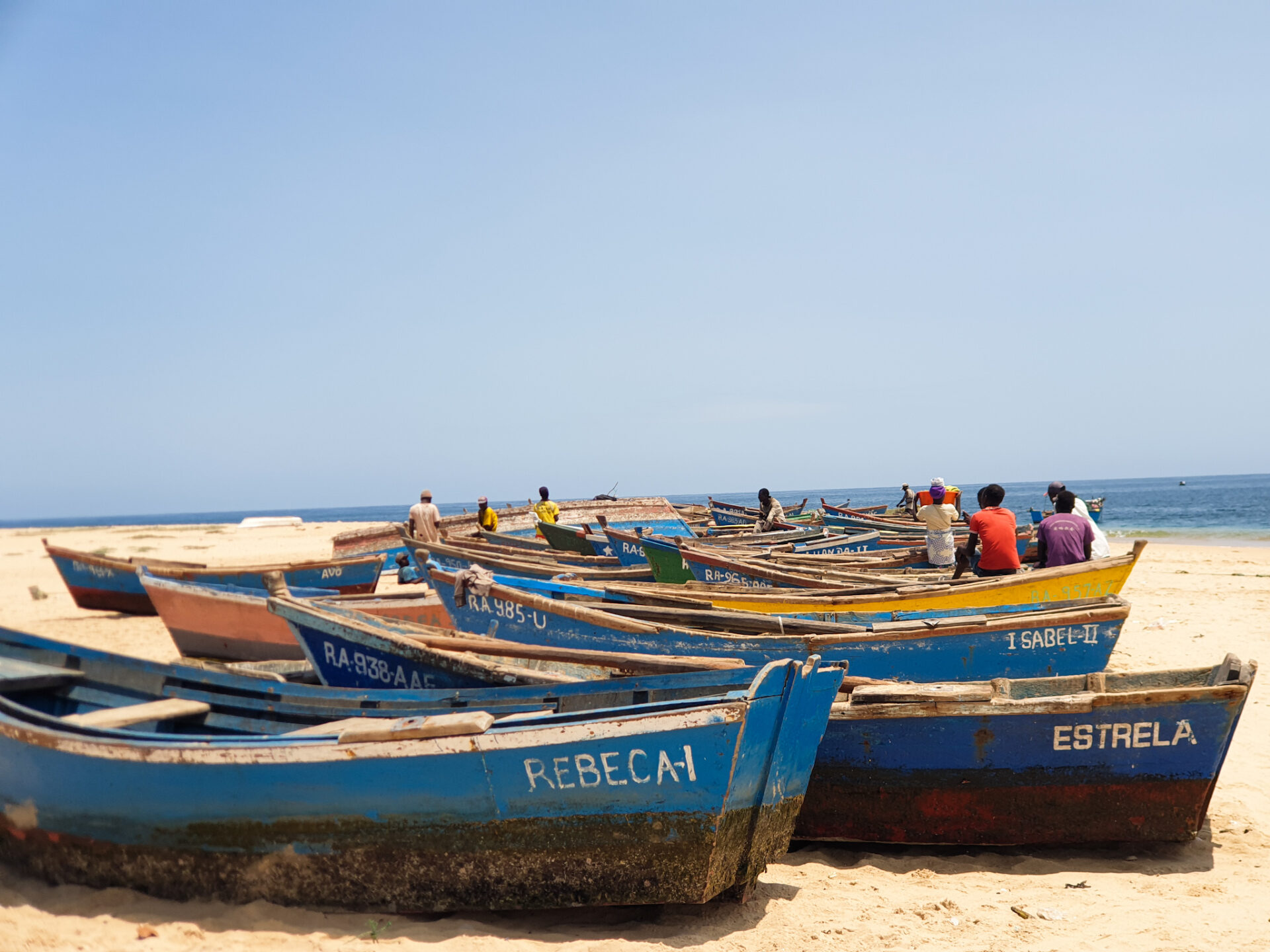
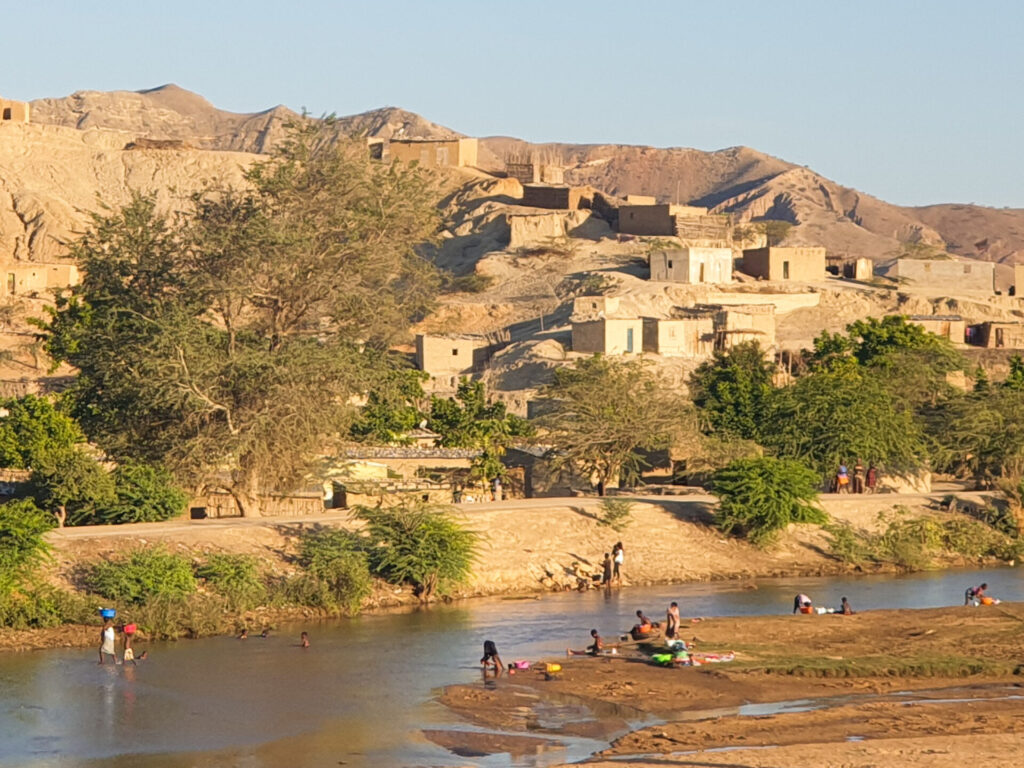

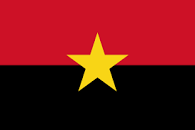


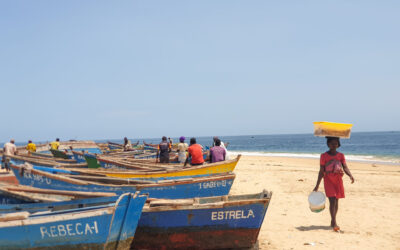



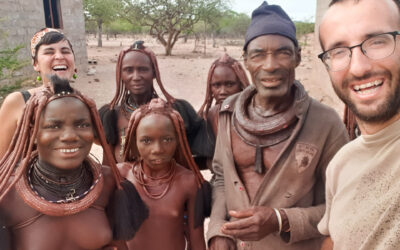
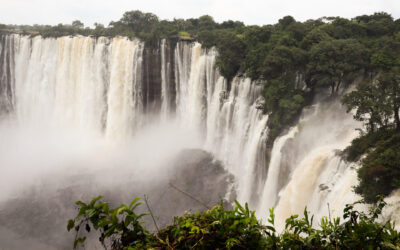

0 Comments